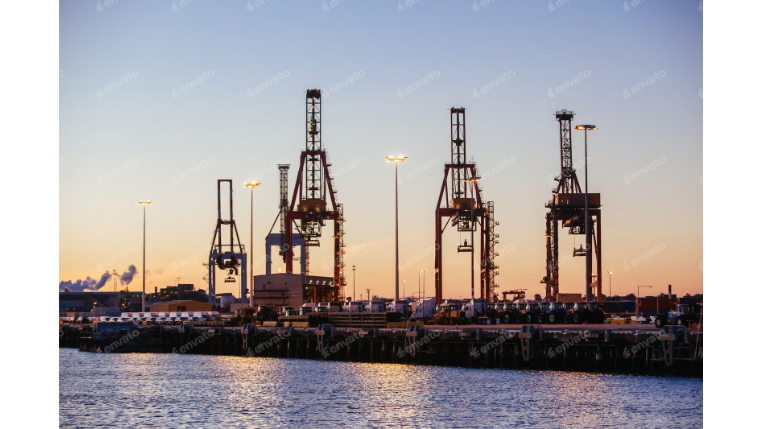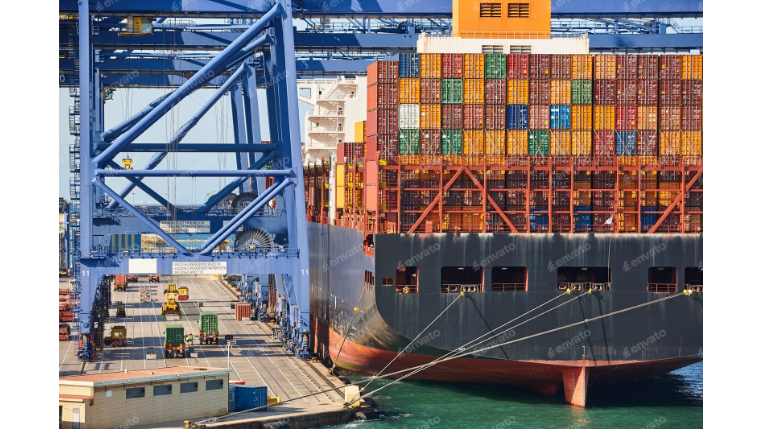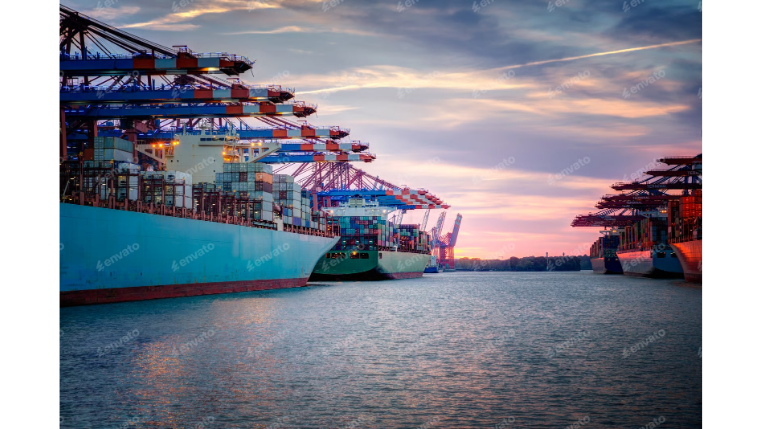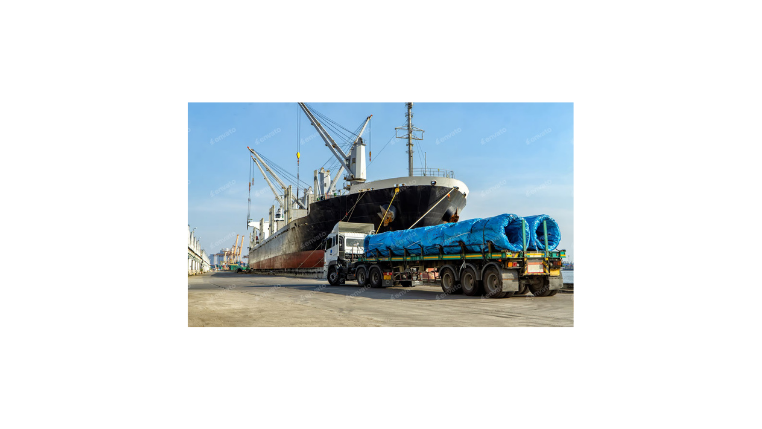Bill of Lading Vs. Packing Slip: Understanding the Differences
At its core, a Bill of Lading (BOL) is a legal contract that governs the transportation of goods between the shipper and the carrier. However, its significance extends far beyond a mere agreement. This multifaceted document serves as a receipt issued by the carrier upon taking possession of the cargo, acknowledging its condition and quantity. Moreover, it can function as a document of title, granting its holder the right to claim ownership and possession of the shipped goods.
Exploring the Packing Slip
While the Bill of Lading governs the transportation aspect, the Packing Slip takes center stage in the realm of inventory management and order verification. This internal document serves as a detailed inventory of the shipment's contents, providing a comprehensive list of the items packed and their respective quantities.
The Packing Slip's primary function is to facilitate accurate order fulfillment and inventory control. By cross-referencing the shipment's contents against the Packing Slip, both the sender and recipient can ensure that the correct items have been included and that no discrepancies exist.
Key Components and Applications
A well-designed Packing Slip typically includes the order date, a detailed itemized list of the shipped goods, their quantities, dimensions, weight, packaging type, and any special handling instructions. It may also feature contact details for the seller, return policies, and personalized messages to enhance the customer experience.
In the realm of e-commerce and retail, the Packing Slip plays a pivotal role in boosting customer satisfaction. By enabling customers to verify the contents of their shipment upon receipt, it fosters transparency and trust, ultimately contributing to a positive overall experience.
Moreover, in cases where discrepancies arise, such as missing or incorrect items, the Packing Slip serves as a crucial reference point, facilitating swift resolution and ensuring that issues are addressed promptly and efficiently.
Differences: Bill of Lading vs. Packing Slip
While both the Bill of Lading and the Packing Slip are essential components of the shipping process, their roles and applications differ substantially. Understanding these distinctions is crucial for optimizing logistics operations and ensuring compliance with industry standards and regulations.
Legal and Contractual Implications
The most significant difference between these two documents lies in their legal and contractual implications. The Bill of Lading is a legally binding contract that defines the terms and conditions of the transportation service. It serves as a receipt for the cargo, a document of title, and evidence of the contract of carriage, holding immense weight in the event of disputes or claims.
In contrast, the Packing Slip is an internal document that lacks legal standing in the transportation process. Its primary purpose is to facilitate inventory management and order verification, ensuring that the contents of the shipment align with the customer's order or internal records.
Scope and Purpose
The Bill of Lading's scope extends beyond the mere transportation of goods. It encompasses crucial information pertaining to the shipment's origin, destination, carrier details, and transportation mode. This document is essential for customs clearance and compliance with international shipping regulations, playing a pivotal role in facilitating global trade.
On the other hand, the Packing Slip's purpose is more focused and specific. It serves as a detailed inventory of the shipment's contents, aiding in order fulfillment, inventory tracking, and customer satisfaction. While it does not carry legal weight in the transportation process, it is an invaluable tool for ensuring accuracy and transparency throughout the supply chain.
Parties Involved
Another key distinction lies in the parties involved in the creation and utilization of these documents. The Bill of Lading is typically issued by the carrier or a freight forwarder upon receiving the goods for transportation. It involves the shipper, carrier, and consignee, representing a contractual agreement between these parties.
In contrast, the Packing Slip is an internal document generated by the shipper or seller. It is primarily utilized by the sender and recipient to verify the contents of the shipment, with little to no involvement from the carrier or transportation provider.
Master Your Logistics with Modaltrans
Address all your logistics challenges and stay ahead of trends by using Modaltrans. Our comprehensive platform is designed to streamline your operations and boost efficiency.
Request a Demo and explore more on our website.










